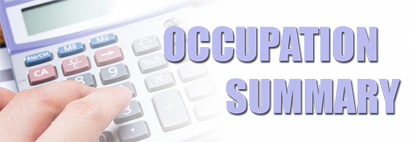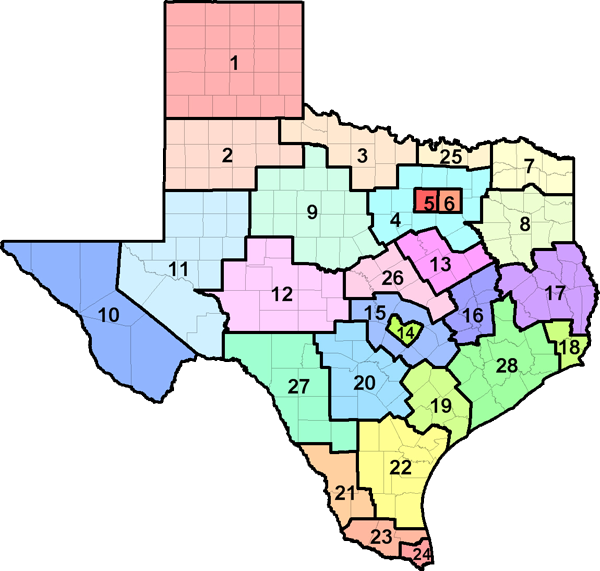The U.S. Department of Labor has developed an automated occupational information database, O*NET, that identifies and describes work content, work skills, and training requirements for all jobs across the country in all sectors of the economy. Much of the occupational information contained in this report is derived directly from the O*NET database, and supplemented with information from the Bureau of Labor Statistics, Census Bureau, and Labor Market and Career Information.

| Industry | % of Hairdressers, Hairstylists, and Cosmetologists employed | Annual Growth Rate |
|---|---|---|
| Personal care services | 48.3 | 0.93 |
| 2023 Statewide average hourly wage | $18.29 |
| 2023 National average hourly wage | $20.09 |
| 2022 National employment | 555,800 |
| 2022 Texas employment | 51,065 |
| Texas projected employment by 2032 | 60,057 |
| Texas projected annual employment and Turnover openings through 2032 | 8,385 |

| Region | Employment | Projected Employment 2032 | Projected Annual Openings 2032 |
Annual Growth Rate |
Average Income |
|---|---|---|---|---|---|
| Texas (all regions) | 51,065 | 60,057 | 8,385 | 1.64% | $38,048.00 |
| Top 10 Relevant Knowledge Areas | Relevant Importance Levels |
|---|---|
| Customer and Personal Service Knowledge of principles and processes for providing customer and personal services. This includes customer needs assessment, meeting quality standards for services, and evaluation of customer satisfaction. |
|
| Sales and Marketing Knowledge of principles and methods for showing, promoting, and selling products or services. This includes marketing strategy and tactics, product demonstration, sales techniques, and sales control systems. |
|
| Administration and Management Knowledge of business and management principles involved in strategic planning, resource allocation, human resources modeling, leadership technique, production methods, and coordination of people and resources. |
|
| Education and Training Knowledge of principles and methods for curriculum and training design, teaching and instruction for individuals and groups, and the measurement of training effects. |
|
| English Language Knowledge of the structure and content of the English language including the meaning and spelling of words, rules of composition, and grammar. |
|
| Chemistry Knowledge of the chemical composition, structure, and properties of substances and of the chemical processes and transformations that they undergo. This includes uses of chemicals and their interactions, danger signs, production techniques, and disposal methods. |
|
| Administrative Knowledge of administrative and office procedures and systems such as word processing, managing files and records, stenography and transcription, designing forms, and workplace terminology. |
|
| Economics and Accounting Knowledge of economic and accounting principles and practices, the financial markets, banking, and the analysis and reporting of financial data. |
|
| Personnel and Human Resources Knowledge of principles and procedures for personnel recruitment, selection, training, compensation and benefits, labor relations and negotiation, and personnel information systems. |
|
| Mathematics Knowledge of arithmetic, algebra, geometry, calculus, statistics, and their applications. |
| Top 10 Relevant Skill Areas | Relevant Importance Levels |
|---|---|
| Active Listening Giving full attention to what other people are saying, taking time to understand the points being made, asking questions as appropriate, and not interrupting at inappropriate times. |
|
| Speaking Talking to others to convey information effectively. |
|
| Service Orientation Actively looking for ways to help people. |
|
| Critical Thinking Using logic and reasoning to identify the strengths and weaknesses of alternative solutions, conclusions, or approaches to problems. |
|
| Active Learning Understanding the implications of new information for both current and future problem-solving and decision-making. |
|
| Judgment and Decision Making Considering the relative costs and benefits of potential actions to choose the most appropriate one. |
|
| Social Perceptiveness Being aware of others' reactions and understanding why they react as they do. |
|
| Complex Problem Solving Identifying complex problems and reviewing related information to develop and evaluate options and implement solutions. |
|
| Reading Comprehension Understanding written sentences and paragraphs in work-related documents. |
|
| Monitoring Monitoring/Assessing performance of yourself, other individuals, or organizations to make improvements or take corrective action. |
| Top 10 Relevant Abilities | Relevant Importance Levels |
|---|---|
| Near Vision The ability to see details at close range (within a few feet of the observer). |
|
| Arm-Hand Steadiness The ability to keep your hand and arm steady while moving your arm or while holding your arm and hand in one position. |
|
| Manual Dexterity The ability to quickly move your hand, your hand together with your arm, or your two hands to grasp, manipulate, or assemble objects. |
|
| Finger Dexterity The ability to make precisely coordinated movements of the fingers of one or both hands to grasp, manipulate, or assemble very small objects. |
|
| Originality The ability to come up with unusual or clever ideas about a given topic or situation, or to develop creative ways to solve a problem. |
|
| Oral Comprehension The ability to listen to and understand information and ideas presented through spoken words and sentences. |
|
| Oral Expression The ability to communicate information and ideas in speaking so others will understand. |
|
| Speech Recognition The ability to identify and understand the speech of another person. |
|
| Visualization The ability to imagine how something will look after it is moved around or when its parts are moved or rearranged. |
|
| Fluency of Ideas The ability to come up with a number of ideas about a topic (the number of ideas is important, not their quality, correctness, or creativity). |